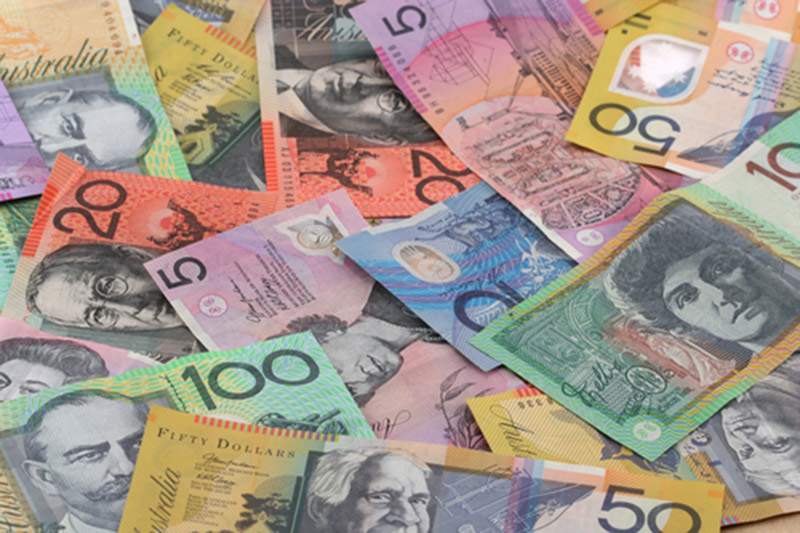Investing.com - The Australian dollar rose to a five-week high against its U.S. counterpart on Friday, after disappointing U.S. nonfarm payrolls data dampened speculation that the Federal Reserve will raise interest rates any time soon.
AUD/USD hit a daily high of 0.9402 on Friday, a level not seen since July 29, before subsequently consolidating at 0.9377 by close of trade, up 0.31% for the day and 0.5% higher for the week.
The pair is likely to find support at 0.9329, the low from September 4 and resistance at 0.9415, the high from July 29.
In a report, the Department of Labor said that the U.S. economy added 142,000 jobs in August, the lowest amount in eight months and less than the expected increase of 225,000.
The report also showed that the U.S. unemployment rate ticked down to 6.1% last month from 6.2%, but that was mostly due to more people dropping out of the labor force.
The weaker-than-expected jobs report was taken as a sign that the Federal Reserve will not begin raising interest rates anytime soon.
While the U.S. economy continues to gain steam, Fed Chair Janet Yellen has expressed concern over slackness persistent in the labor market.
Meanwhile, in Australia, Reserve Bank of Australia Governor Glenn Stevens said that interest rates there are likely to remain on hold for an extended period of time.
At the conclusion of its monthly policy meeting on Tuesday, the RBA left interest rates unchanged at a record-low 2.50% and said that the overvalued Australian dollar is weighing on efforts to support growth.
Official data released Wednesday showed that Australia's economy expanded by 0.5% in the second quarter, exceeding expectations for 0.4% growth. On a year-on-year basis, Australia's economy grew 3.1% in the three months to April, compared to expectations for 3.0% growth.
Elsewhere, the Aussie ended the week higher against the euro after the European Central Bank cut rates to record lows across the euro zone and announced fresh stimulus measures in an attempt to shore up slowing growth and inflation in the region.
Data from the Commodities Futures Trading Commission released Friday showed that speculators increased their bullish bets on the Australian dollar in the week ending September 2.
Net longs totaled 49,047 contracts, up from net longs of 41,938 in the preceding week.
In the week ahead, investors will be looking ahead to Friday’s U.S. data on retail sales and consumer sentiment for further indications on the strength of the economic recovery and the possible future path of monetary policy.
Ahead of the coming week, Investing.com has compiled a list of these and other significant events likely to affect the markets.
Monday, September 8
Markets in China are to remain closed for a national holiday; however the country is to release data on the trade balance, the difference in value between imports and exports.
Tuesday, September 9
Australia is to release private sector data on business confidence as well as a report on home loans.
Wednesday, September 10
Australia is to release a private sector report on consumer sentiment.
Thursday, September 11
Australia is to release a report on the change in the number of people employed and the unemployment rate.
China is to release data on consumer price inflation.
The U.S. is to produce the weekly report on initial jobless claims.
Friday, September 12
The U.S. is to release data on retail sales, the government measure of consumer spending, which accounts for the majority of overall economic activity. The U.S. is also to release what will be closely watched preliminary data on consumer sentiment.
